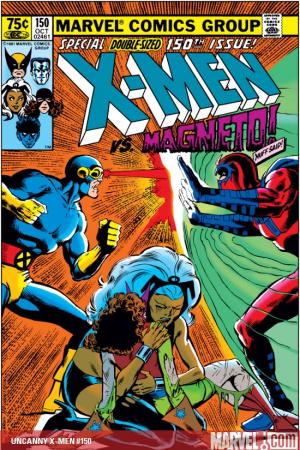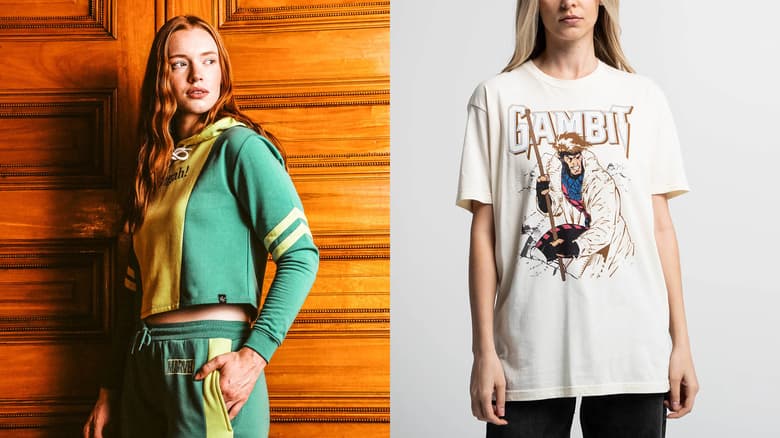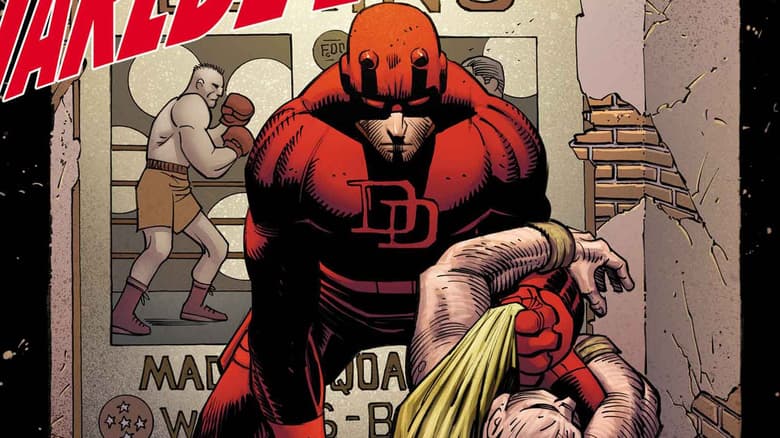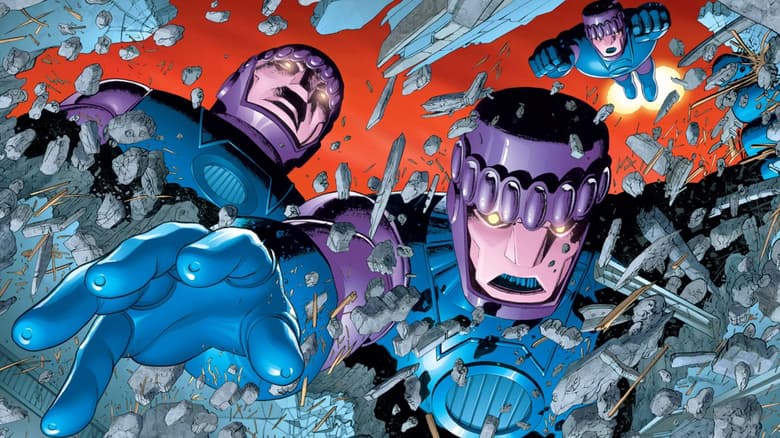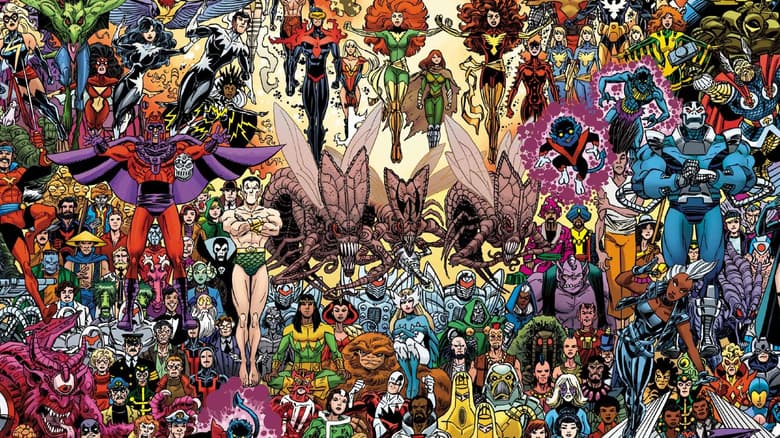How the X-Men Changed Artist Phil Jimenez’s Life
Celebrate Marvel's 80th anniversary with a look back at a few classic '80s tales!

Each week, the Best of the Decade column honors 80 years of comic book excellence by spotlighting a single issue from the House of Ideas beloved by the best in the business!
Phil Jimenez, one of the most respected and accomplished artists in the comic book industry, stands out not only for his mastery of storytelling and detail, but his respect and appreciation for the history of the medium as a true student of the game. The veteran of AMAZING SPIDER-MAN and other powerhouse properties has let these characters shape his life and career in a significant fashion that shines through in his work.
Marvel’s mutants in particular played a pivotal role in Jimenez’s path to comics stardom. “My obsession with the X-Men is what spurred me on to create my own comic books,” Jimenez reflects. “By the time I left high school, I had almost 50 comic books that I had written and drawn—all rooted in some facsimile of the X-Men universe—to my name, and this was the portfolio I used to get into art school in New York City!”
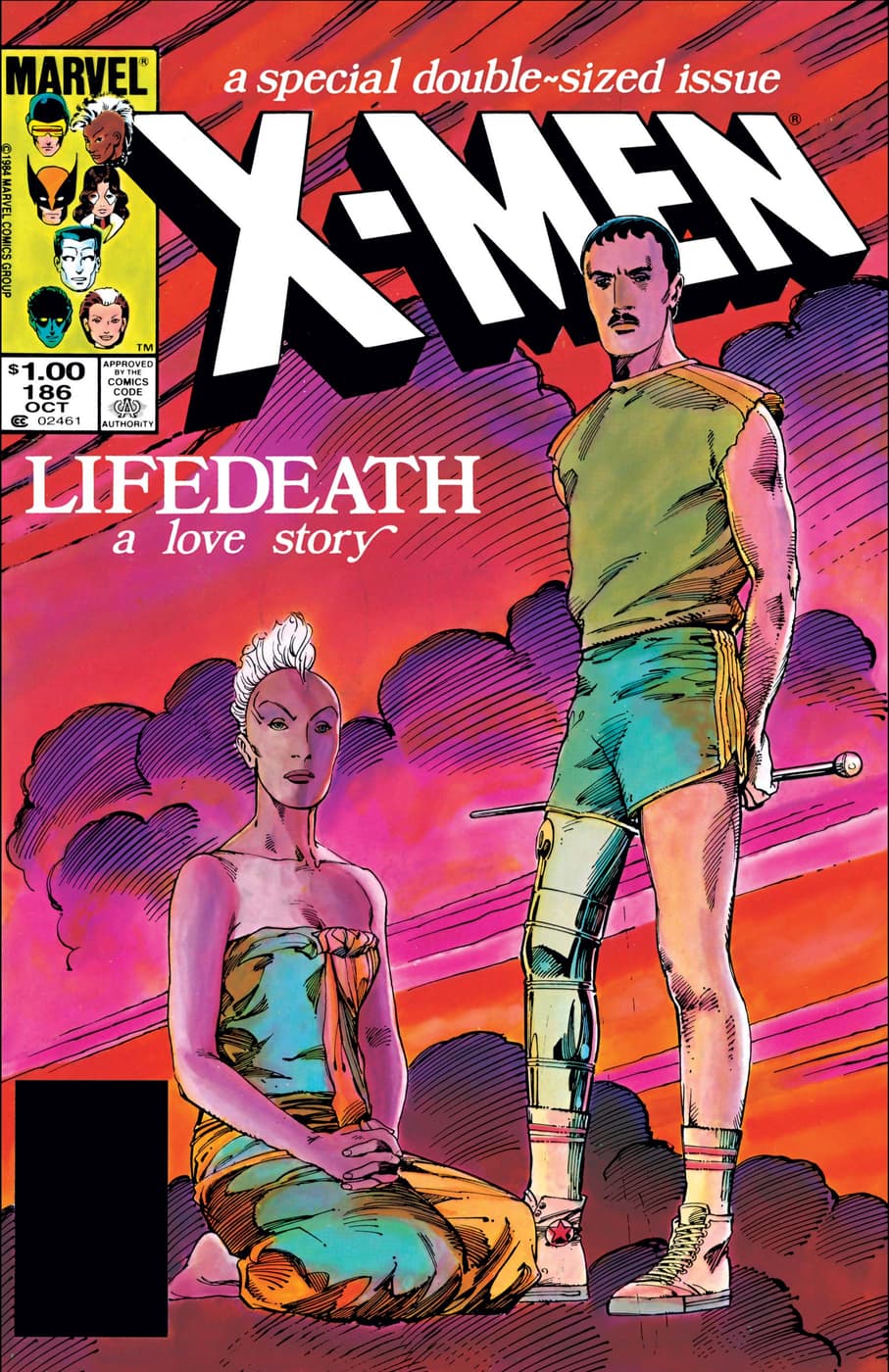
We spoke to Phil about why the X-Men made such an impact on him, what he loves about Chris Claremont’s tenure on the title during the 1980s, and how the '80s artists influenced the work he’s done over several decades in comics.
What was your first encounter with the X-Men that you can recall?
My first encounter with the X-Men may well have been on [the Spider-Man and his Amazing Friends cartoon]! I didn’t start reading Super Hero comic books until the early 1980s, but I’m pretty sure that my first actual encounter with those characters was in one of their two appearances on the Saturday morning TV show!
Later, when I started reading comics more properly, two friends from junior high school, Erik and Erika Teasley, saw that I could draw and asked me to copy an image of Colossus from one of the X-Men books they were reading. I think this might [have] been in 1982 or 1983. Once I actually started reading the comics—this was soon after UNCANNY X-MEN #150, maybe even around the start of The Brood Saga—I was insanely, instantly hooked. Several other friends in junior high and high school and I collected comics quite voraciously and shared them between each other, but UNCANNY X-MEN was always on the top of my list. Oh, and so was STAR WARS!
Why did the X-Men stand out from other comics for you?
I have told this anecdote many times, but it remains absolutely true. For many people—indeed, for most readers—the X-Men and their world represent a group of heroes defined by difference, and persecuted for it. Despite being hated for those differences, they still band together in order to protect the humanity that has seen them as second-class citizens or worse, and in many cases wants to see them exterminated altogether. For many, this is an obvious metaphor for the volatile politics of race or sexual identity. But what the X-Men represented to me was a way of living that was larger than the tiny life I had in suburban [California].
As a young, gay, latchkey kid, the X-Men represented to me the possibility of escape. They wore fabulous costumes, lived in a mansion in upstate New York, traveled to other dimensions and into outer space, were living in New York City at an incredible cultural moment, and embodied the spirit of fabulous. The X-Men were like incredible underground drag queens and kings, who wore thigh highs and space bikinis to fight crime. More than any other super team, the X-Men represented difference and diversity as desirable and even something to be celebrated. So for me, the X-Men represented possibility, and the possibility of family of choice, and of living a life bigger than one I could’ve ever dreamed. And they meant embracing difference and letting it be a strength, not a weakness. If being different and persecuted for it meant being like one of the X-Men, then count me in I’ve always said!
Who were the characters that most drew you to the X-Men?
The 1980s iteration of Storm will always be my favorite Marvel character. It might be a matter of timing, because I started reading the X-Men just as Storm was transitioning from Earth goddess to punk icon, but I can think of no other character that I was as emotionally invested in. When she lost her powers, I think I felt like I lost a bit of my soul. Her journey over those few years spoke to me more than almost [any other] Super Hero character—and no one mattered to me more than she did.
But there were others from the X-Men universe I was obsessed with, too—Magik, Magma, Mirage, Aurora, Snowbird, Mystique, Emma Frost, Selene, and Rogue were my everything back in the day. From character design to story arcs for each to character temperament to timing in life, the X-Women of the '80s helped shape my perception of comics and my drive to work in comics for years to come.
Who are the creators you most closely associate with the X-Men?
There is no one I am more closely associated with the X-Men, let alone pop culture, [than writer] Chris Claremont. I truly believe his run, and his work with superstar artists John Byrne, Dave Cockrum, Paul Smith, John Romita Jr., Arthur Adams, Marc Silvestri, and of course Jim Lee, had both an actual and subliminal impact on creators across multiple genres and mediums that exists to this day.
Claremont’s focus, vision, scope of ideas, sexual sensitivity, mannered dialogue, and ability to adjust story and pace to the strengths of his artist is nearly unparalleled during this period of time, or perhaps any time that I can remember in comics. While some see his work as dated, I see its mannered approach and far reaching, hyper coordinated inner-series plotting as a vital, irreplaceable, and often under-considered cornerstone of the Marvel Universe we know today.
I would also like to call out inker Dan Green here. I absolutely love his ink work from this time period, particularly over Romita Jr. That storytelling is among my favorites in comics, and its strengths particularly shine in those black and white ESSENTIAL reprints, which I peruse endlessly for inspiration.
What makes the X-Men of the '80s a special era in the property's history?
My sense of the X-Men of the '80s is that it was being created during a particular moment in history—Reagan era Cold War politics; the rise of the AIDS crisis; New York City and its then still rough-hewn streets and underground scene—and it was the product of a single writing voice with a far reaching vision who faced less editorial interference that we might experience today. Claremont made those characters his own, giving each a distinct history and personality while allowing the artists to do exactly the same, and I will always default to his original run for inspiration and understanding of who these characters are at their core.
What are the standout X-Men stories of the 1980s for you?
I feel like every story is important to me. That said I can think of two or three that still touch me to this day.
As mentioned before, the evolution of Storm, the loss and regaining of her powers, and [the “Lifedeath" stories from UNCANNY X-MEN #186 and #198] drawn by Barry Windsor-Smith were life-changing to me. Such incredible character evolution and such profound spiritual and sentiment. The GOD LOVES, MAN KILLS graphic novel is still relevant today, and its ending makes me cry. The fight with the Dire Wraiths and Nightcrawler’s come-to-Jesus moment, where he decides to stay with the X-Men despite exhaustion over their continued [persecution], and the Kulan Gath two-parter are an amazing collection of compact, dense story and character moments and some of my favorite [John Romita Jr.] art ever.
"Asgardian Wars" is still one of my favorite comic book stories of all time. The width and breadth and scale of that story boggle the mind, as does the Arthur Adams art. And the sentiment in the X-Men/Alpha Flight crossover still moves me in ways few other stories do. And don’t get me started on Jim Lee’s early work on X-Men—it is drool-worthy! I would be remiss if I didn’t also mention NEW MUTANTS and the spectacular team up of Claremont and Bill Sienkiewicz—a run that is so avant-garde and so ahead of its time it still makes my head spin that it got published at all.
And finally, of course, John Byrne’s ALPHA FLIGHT, which is one of my favorite Marvel comics of all-time. It is still such a unique venture with such oddball characters and remains a huge influence on the way I think about team dynamics in comics!
God, I love these characters, and this time in their lives!
Get Phil’s own take on Marvel’s mutants via Marvel Unlimited where you can check out his work on NEW X-MEN, SAVAGE WOLVERINE, and much more! Then visit Marvel.com's 80th anniversary hub page for extra flashback fun!
The Hype Box
Can’t-miss news and updates from across the Marvel Universe!
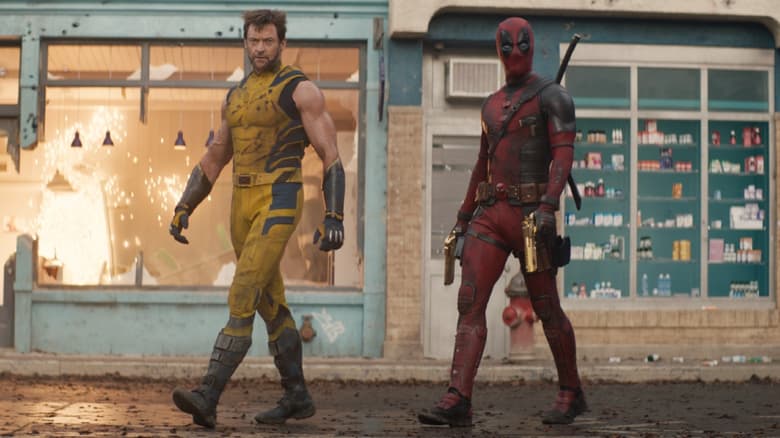
Movies
Marvel Studios Debuts New 'Deadpool & Wolverine' Trailer & Posters
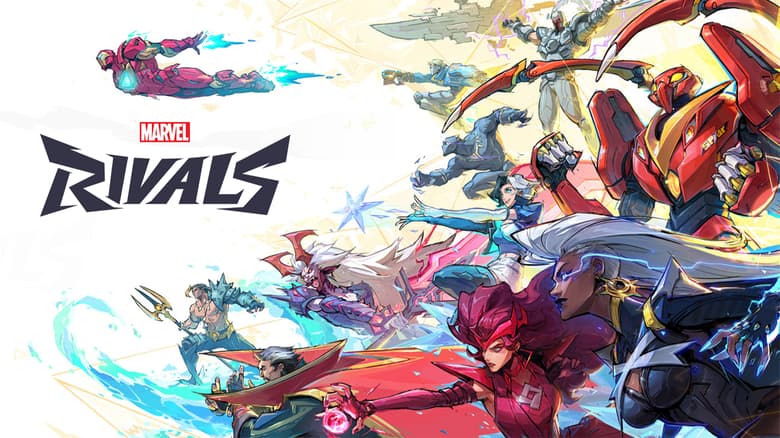
Games
Marvel Rivals PVP Shooter Boasts Incredible Lineup of Marvel Characters
